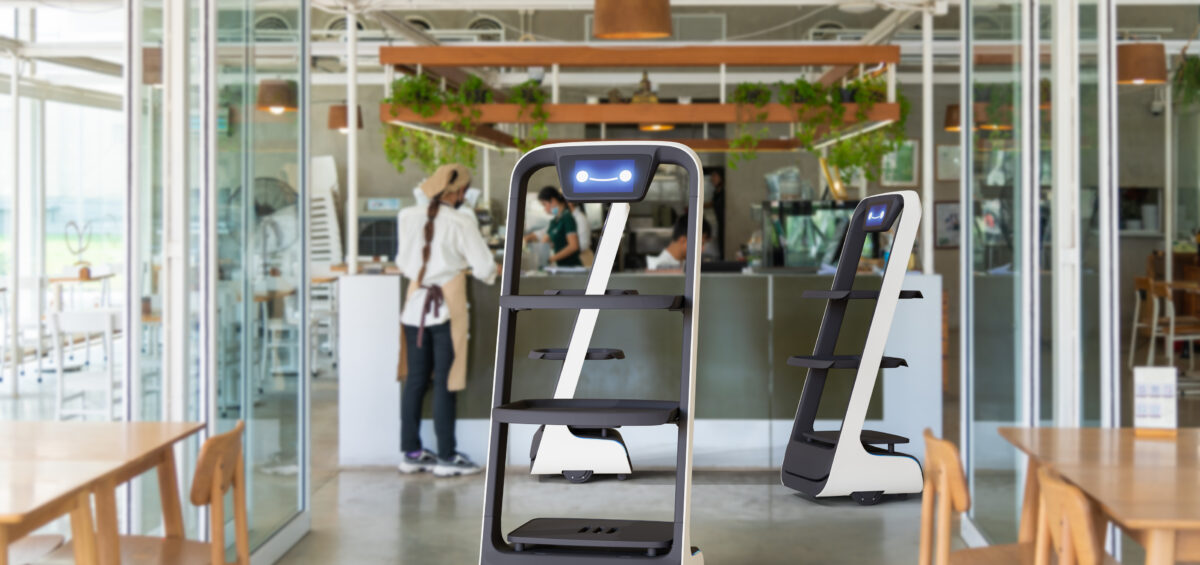Imagine you walk into a restaurant and instead of a human greeting you, you are met with a machine that is leading you to your table. We know the advantages of using technology to help manage your restaurant, but what about when restaurants use robots in their front-of-house operations as greeters and servers? With restaurants unable to find employees to cover shifts and spending more money for help wanted ads and training new hires, some have turned to using robots to get the job done. Here are some pros and cons to using AI as FOH employees.
Pros:
-Saves Money
Robots can be bought for just a few hundred dollars, so it doesn’t take long to begin saving a restaurant money. Robots do not require tips, do not have to be trained and do not require any kind of payment after they are purchased. That is extremely appealing to restaurant owners and a smart business move. Other than having to get the robot serviced on occasion, you will not have to spend much money after the original purchase.
-High Productivity
Robots are highly efficient. They are programmed to get the job done and that is what they do. They will not get distracted by another table or need a break to use the restroom. Robots do not need to take time off nor will they abandon their shift without notice. They are reliable and will work until the day is done.
Cons:
-Not Personable
Robots are not capable of adding that personal touch that humans can. People are craving connectivity more than ever and robots can’t fill that role. While they are designed to have some human-like characteristics, they are not able to fully embody all of the human emotions that help customers feel seen and heard.
-Mobility
Some robots have limited mobility. This makes it difficult when they are carrying liquids that could spill or if there are steps in the restaurant. If the kitchen is downstairs and there is seating upstairs, that could keep the robot from delivering food to that section.
So whether you think robots are ready to do a human job at the FOH or not, the fact is that it will probably become more and more common as the years go by. Human servers will still be needed, but robots alleviate some of the pressure from them to be everywhere at all times. Human servers can give more attention to customers while the robots are delivering food to give them the connectivity that they need while managers can depend on the robots to be punctual and efficient no matter the circumstances.











